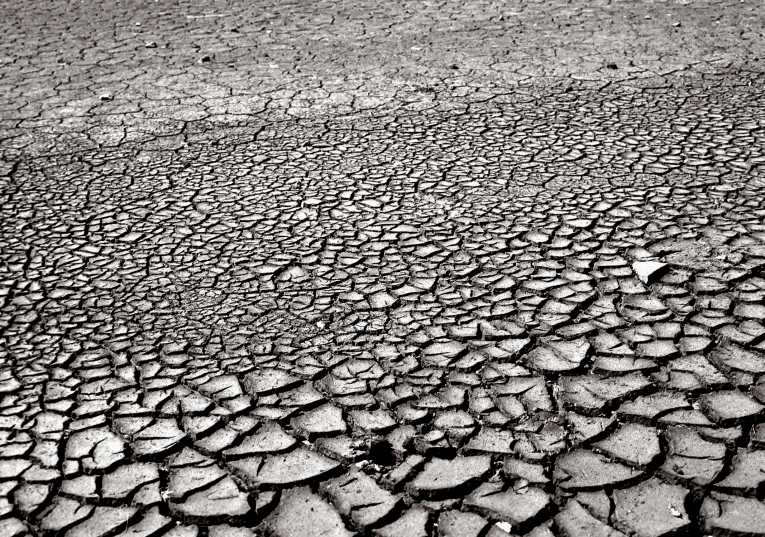The Yarlung Tsangpo River flows across Tibet to India, where it merges with the Ganges. Due to severe drought in China, leaders of the 1.3-billion-person nation may be considering diverting the 1,800 mile river's waters northwest toward Xinjiang, thereby slowing the flow of water to India, says Sachin Parashar in The Times of India.
Plans to divert waters from the Yarlung Tsangpo in China and Tibet (called the Brahmaputra in India), aren't new. In 1990, water expert Guo Kai proposed diverting 200.6 billion cubic meters of water a year to the Yellow River. According to a later report, however, the minister of water resources turned down the plan, largely because the Yellow River's dams couldn't handle the massive amount of water.
China claims first use rights for this and all rivers in Tibet. In 2010, the nation announced its plan to build a hydroelectric power station on the river, while maintaining that this would not slow the flow of water to India. Jairam Ramesh, India's minister of state for environment and forests, stressed that this dam could threaten northeastern India with drought.
Meanwhile, some areas of China have been experiencing their worst drought in at least 50 years, although rains last week brought relief, according to an article in the Telegraph.
Officials are still discussing prospective plans for the river with experts.
Brahma Chellaney, a strategic affairs expert in India, says Indian officials need to speak up more. Ramesh has also stated that India's officials must advocate for their people's water-related needs. Failure to voice their concerns has kept dam-building in China covert, says Chellaney. In 2006, rumors of dam building arose, leading to the two nations jointly creating a committee on transnational rivers. However, rumors continued to fly. In fall of 2009, there was confusion over whether China was building a dam on the Yarlung Tsangpo.
Meanwhile, China plans to divert water from the Yantze River to the north China plain, where 440 million people need a reliable water source. In a New York Times article, Edward Wong compares this project to diverting water from the Mississippi to Boston, Washington, D.C., and New York. The project cost is estimated at $62 billion and will force 350,000 people to relocate, adds Wong.
Top Image Credit: © Tinka










